Increased Healthcare Expenditure
The Wound Care Market is benefiting from rising healthcare expenditures across various regions. Governments and private sectors are investing more in healthcare infrastructure, which includes wound care services. This increase in funding allows for better access to advanced wound care products and treatments. Data indicates that healthcare spending is expected to rise, leading to improved patient outcomes and a greater focus on preventive care. As healthcare systems prioritize wound management, the demand for innovative solutions in the Wound Care Market is likely to surge, reflecting a positive outlook for market growth.
Rising Incidence of Chronic Wounds
The Wound Care Market is experiencing a notable increase in the prevalence of chronic wounds, such as diabetic ulcers and pressure sores. This rise is attributed to an aging population and the growing incidence of diabetes and obesity. According to recent data, chronic wounds affect millions of individuals, leading to a substantial demand for advanced wound care products. The market is projected to expand as healthcare providers seek effective solutions to manage these complex conditions. The increasing awareness of wound care management and the need for specialized treatment options further drive this trend, indicating a robust growth trajectory for the Wound Care Market.
Rising Incidence of Surgical Procedures
The Wound Care Market is also influenced by the rising incidence of surgical procedures, which often result in postoperative wounds. As surgical techniques advance and become more common, the need for effective wound care management solutions increases. Data suggests that the number of surgical procedures is on the rise, leading to a corresponding demand for advance wound care products that facilitate healing and prevent complications. This trend indicates a growing market for postoperative wound management solutions, as healthcare providers seek to enhance patient recovery experiences. The interplay between surgical advancements and wound management needs is likely to shape the future of the Wound Care Market.
Technological Innovations in Wound Care
Technological advancements are significantly shaping the Wound Care Market. Innovations such as bioengineered skin substitutes, advanced dressings, and negative pressure wound therapy are enhancing treatment efficacy. The integration of smart technologies, including wound monitoring systems, is also gaining traction. These innovations not only improve healing outcomes but also reduce healthcare costs associated with prolonged wound care. The market is witnessing a shift towards more sophisticated products that cater to the specific needs of patients, suggesting a dynamic evolution in the Wound Care Market. As these technologies become more accessible, they are likely to drive further growth in the sector.
Growing Awareness of Wound Care Management
There is a growing awareness regarding the importance of effective wound care management within the Wound Care Market. Educational initiatives aimed at healthcare professionals and patients are fostering a better understanding of wound healing processes and the available treatment options. This heightened awareness is leading to increased demand for specialized wound care products and services. As patients become more informed about their treatment choices, they are more likely to seek advanced solutions, thereby driving growth in the Wound Care Market. The emphasis on patient education and self-management is expected to continue influencing market dynamics.
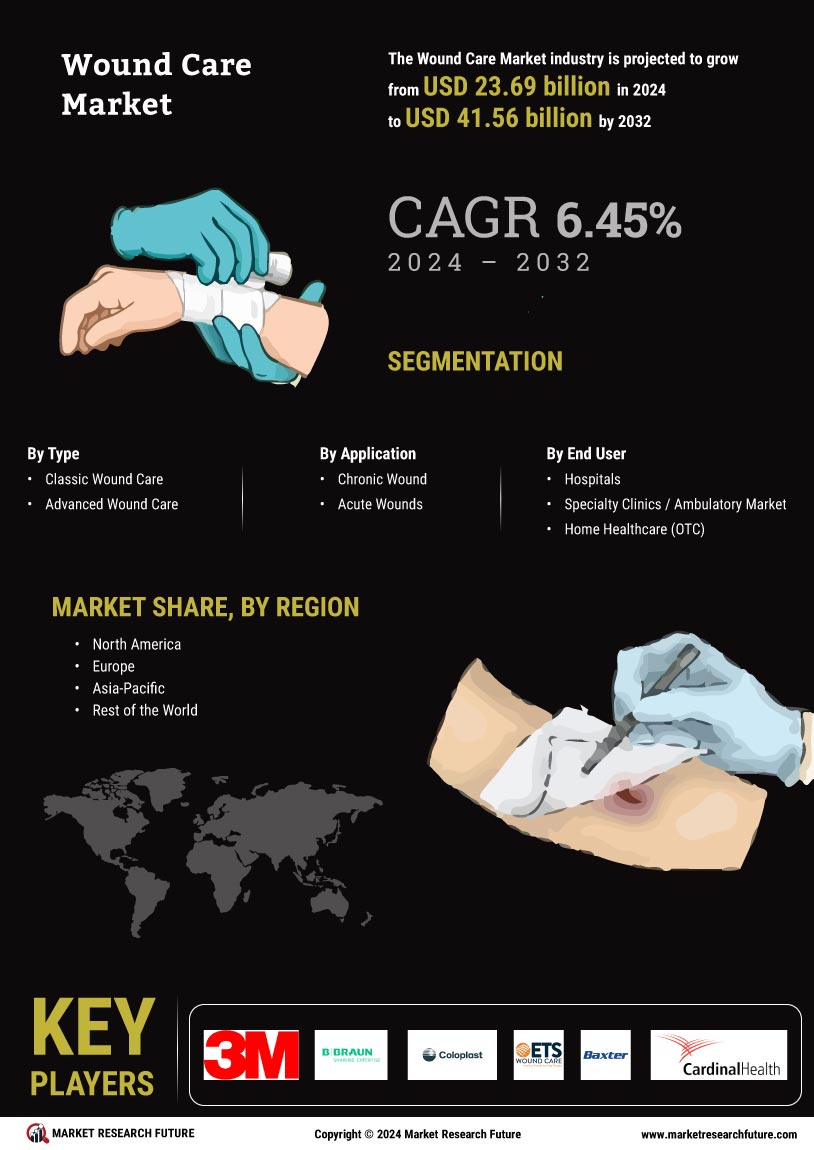

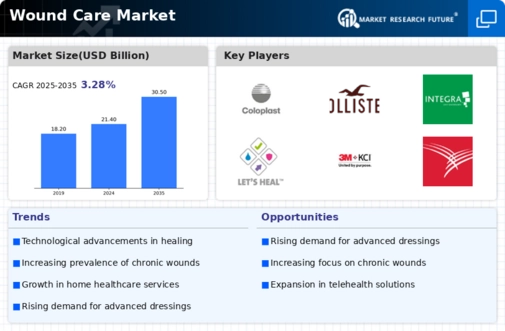
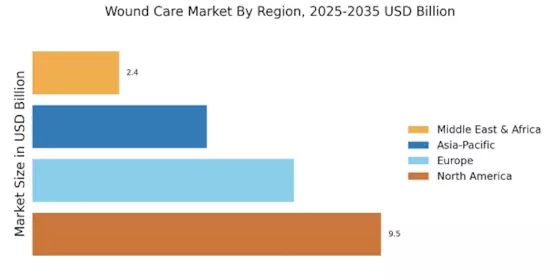
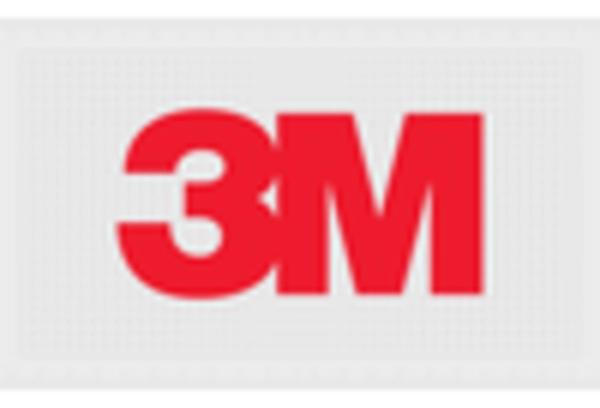
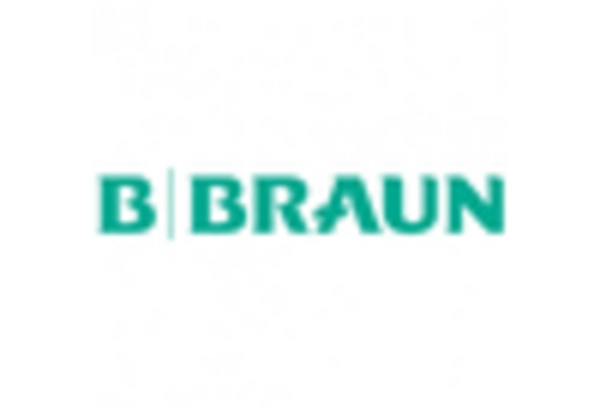
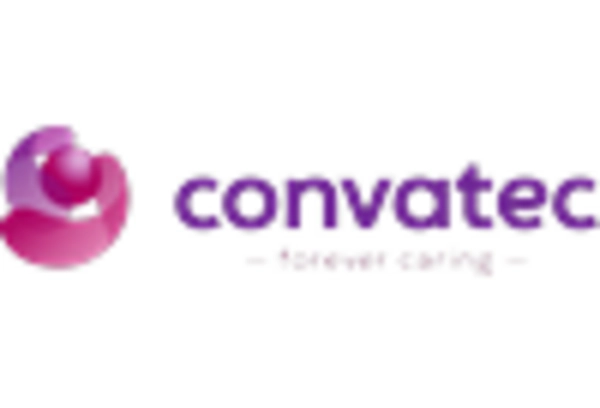
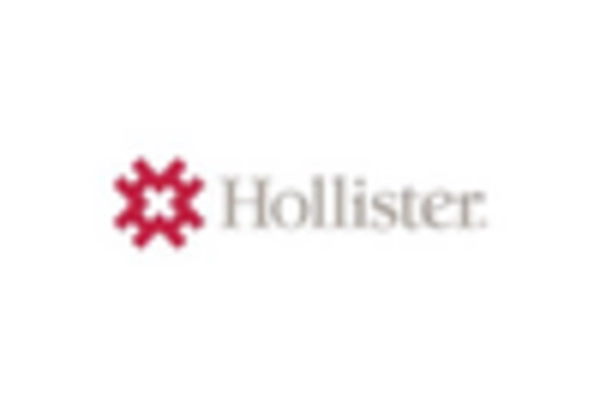
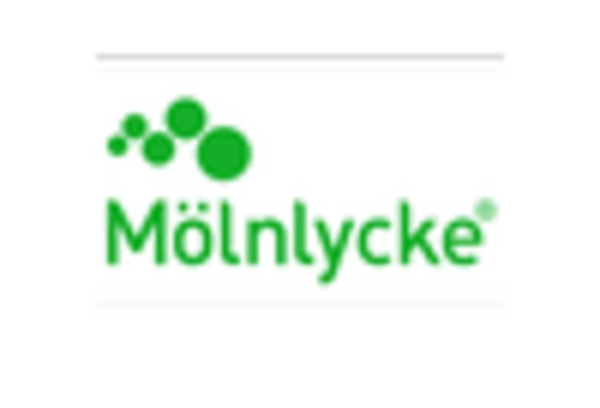
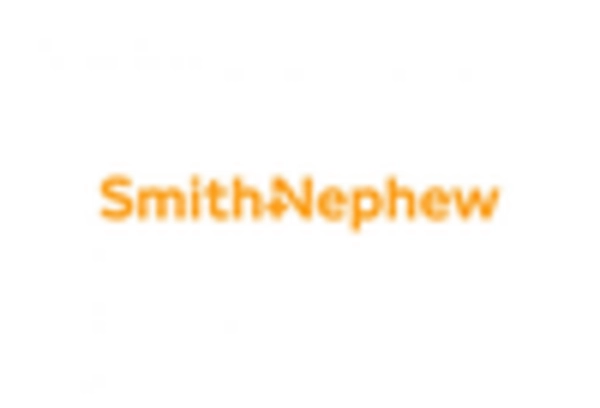








Leave a Comment